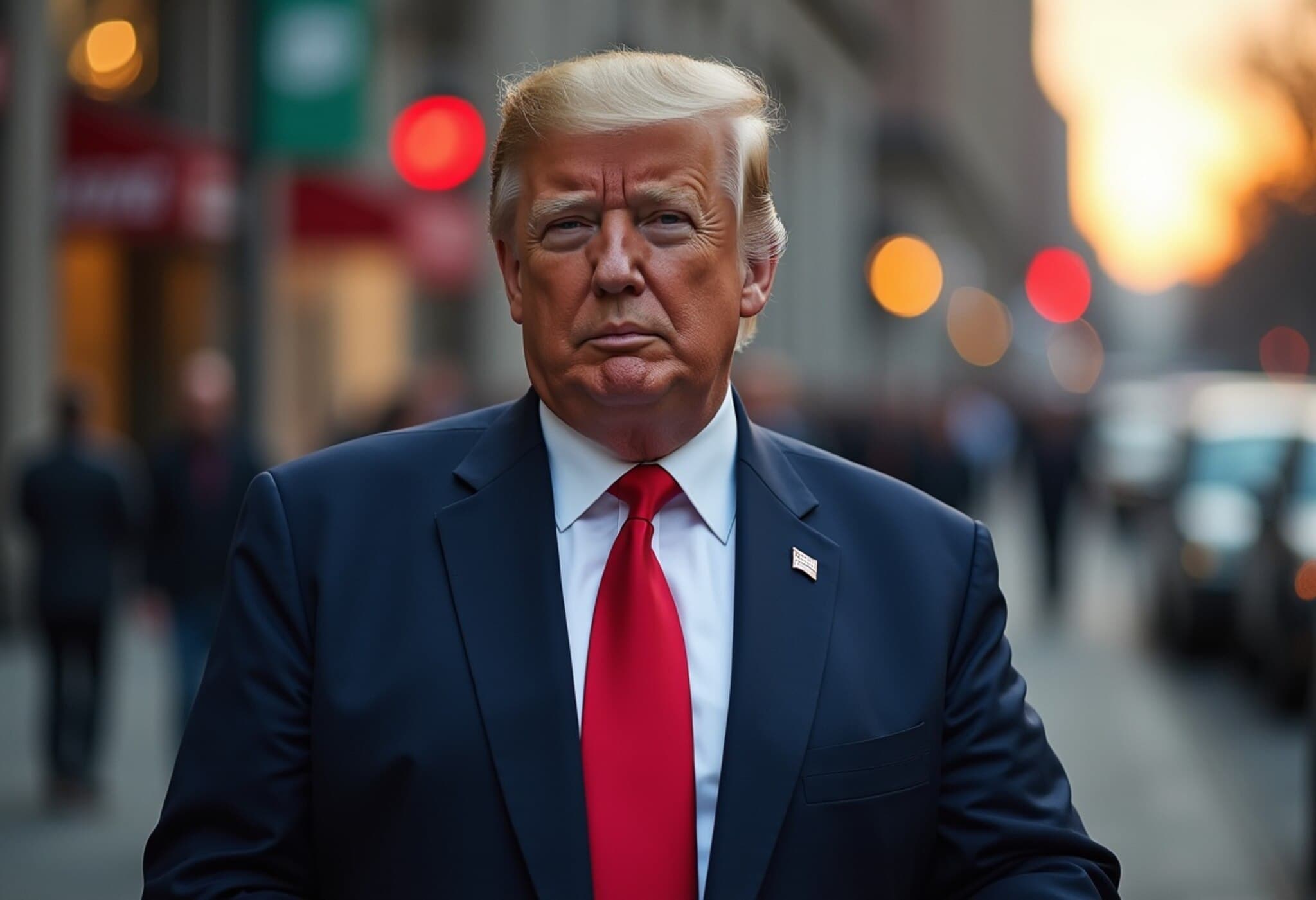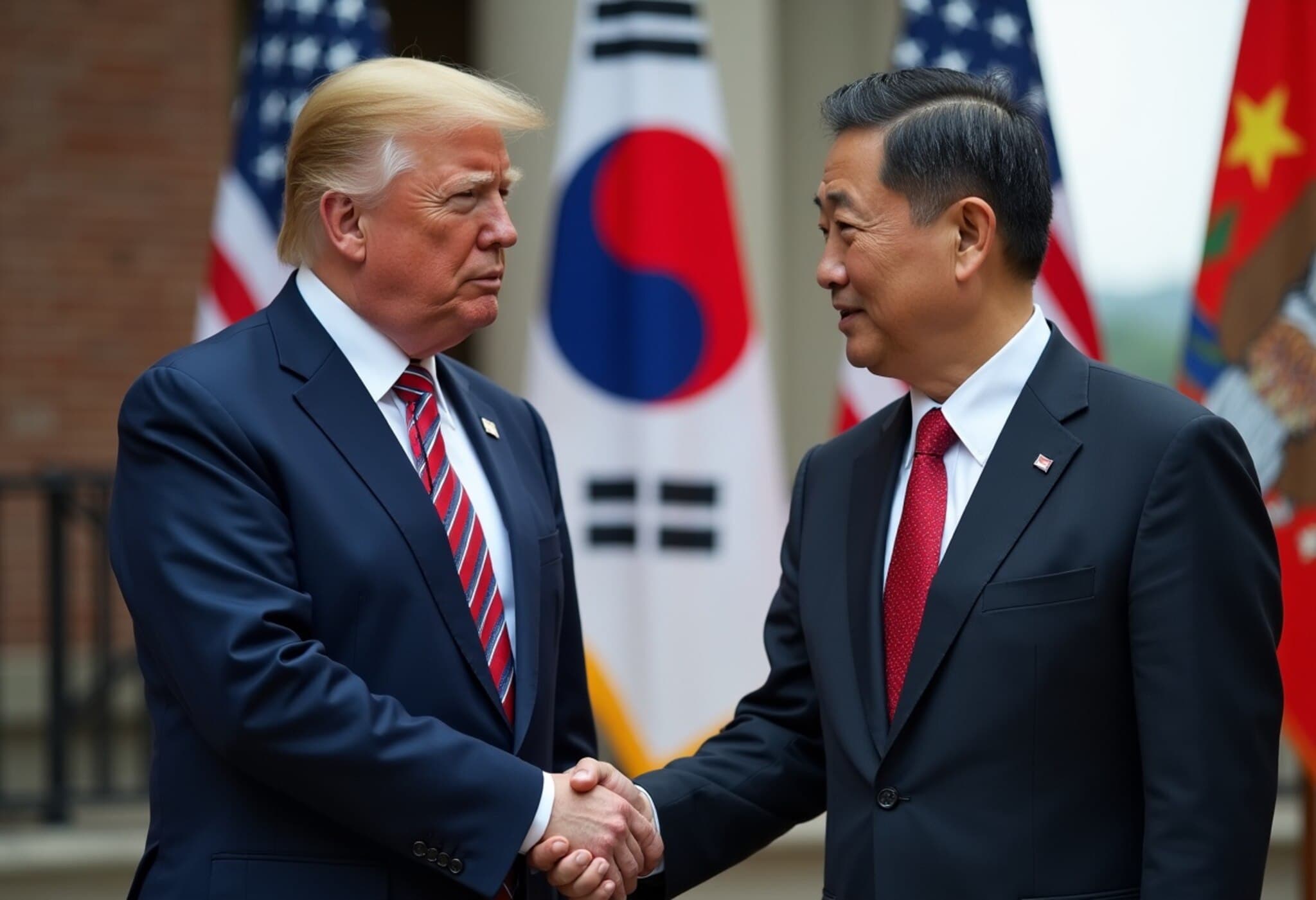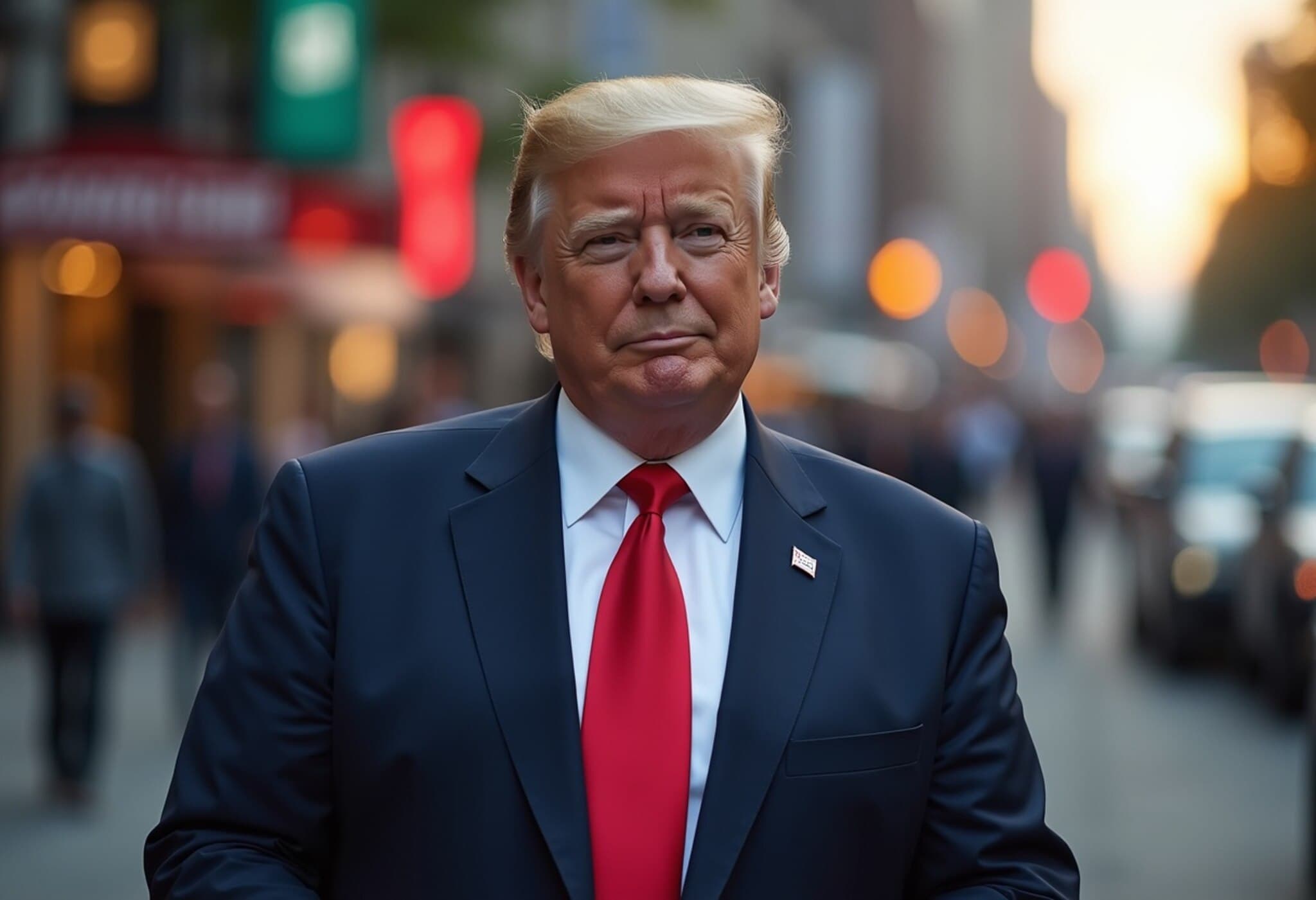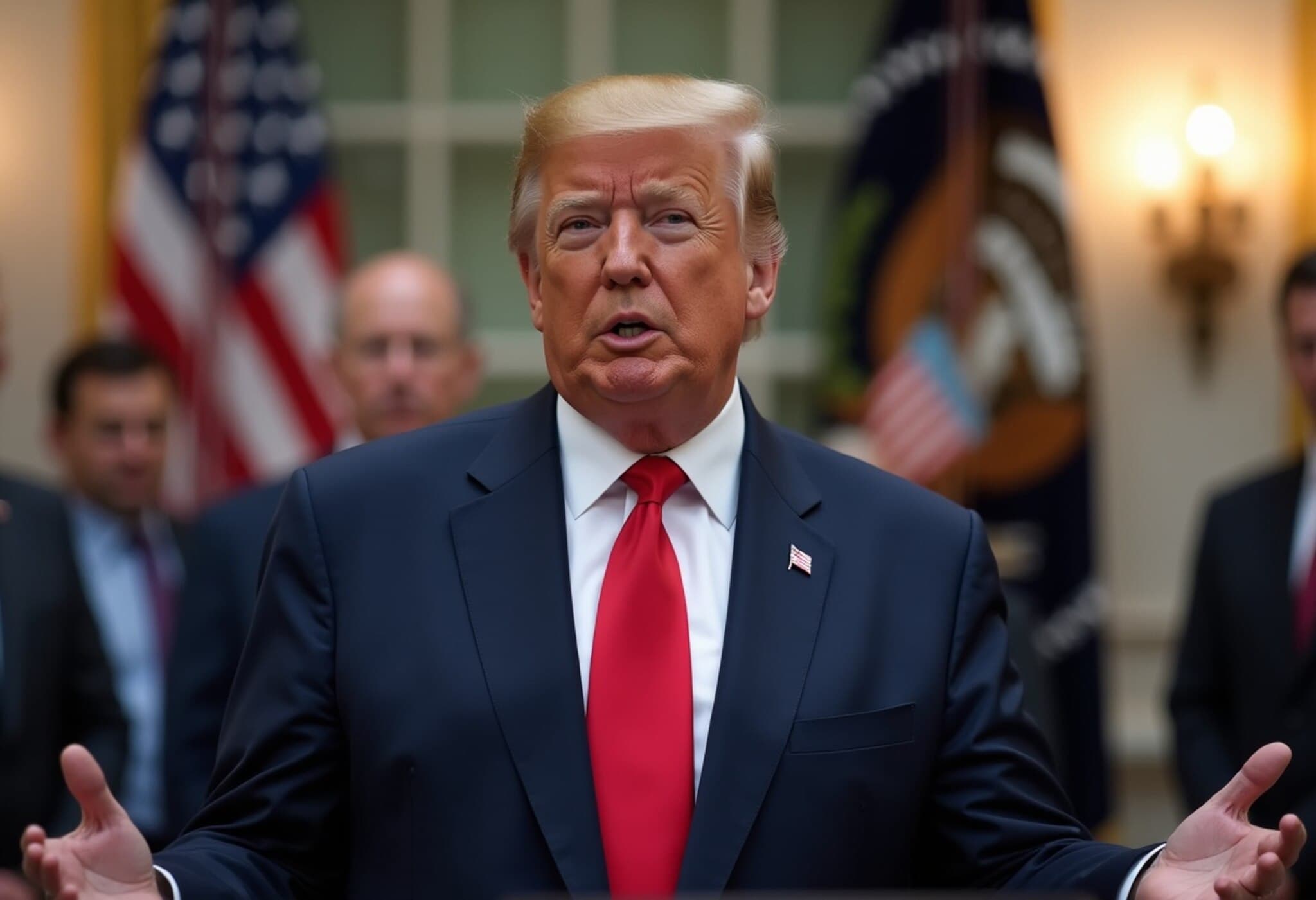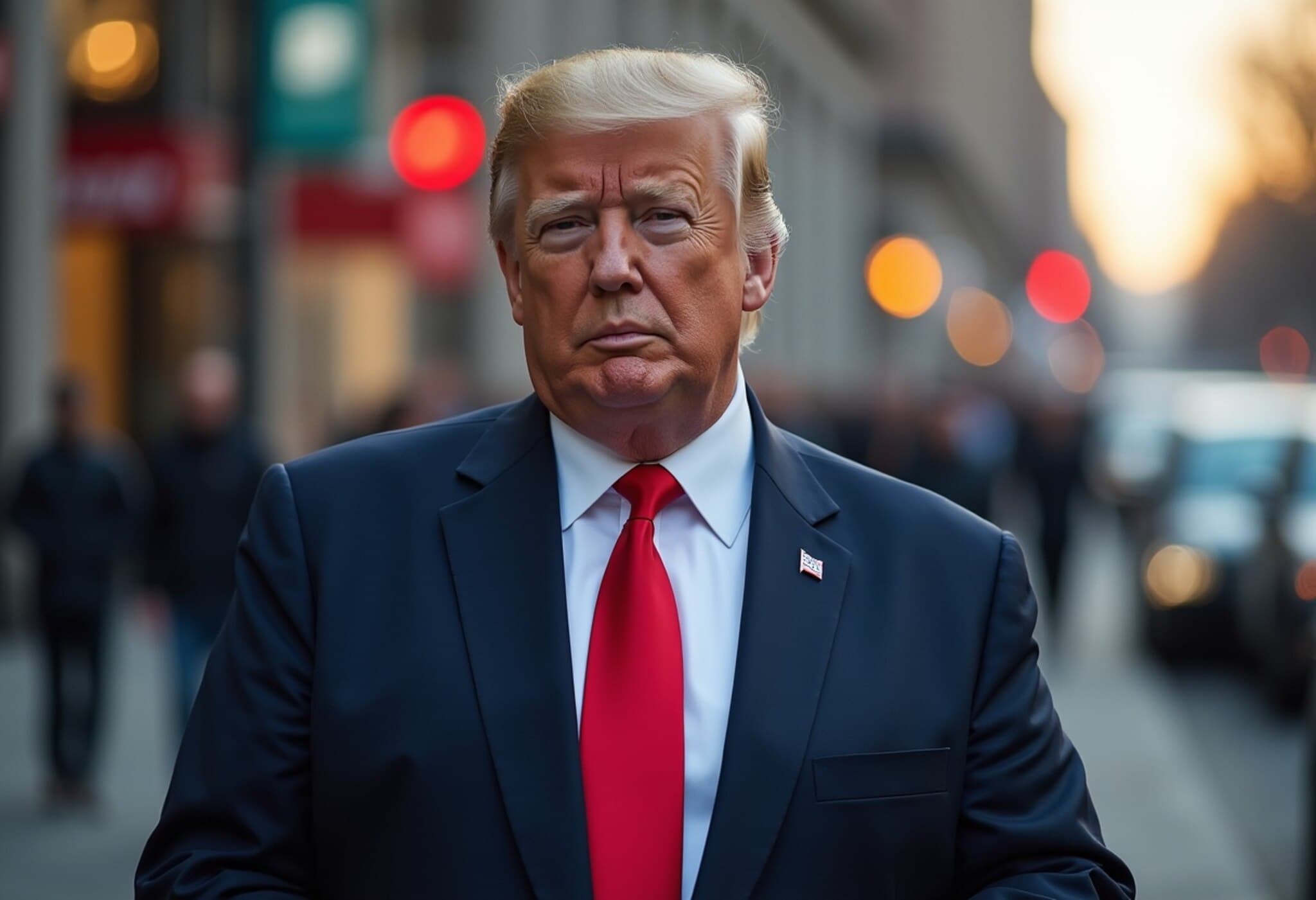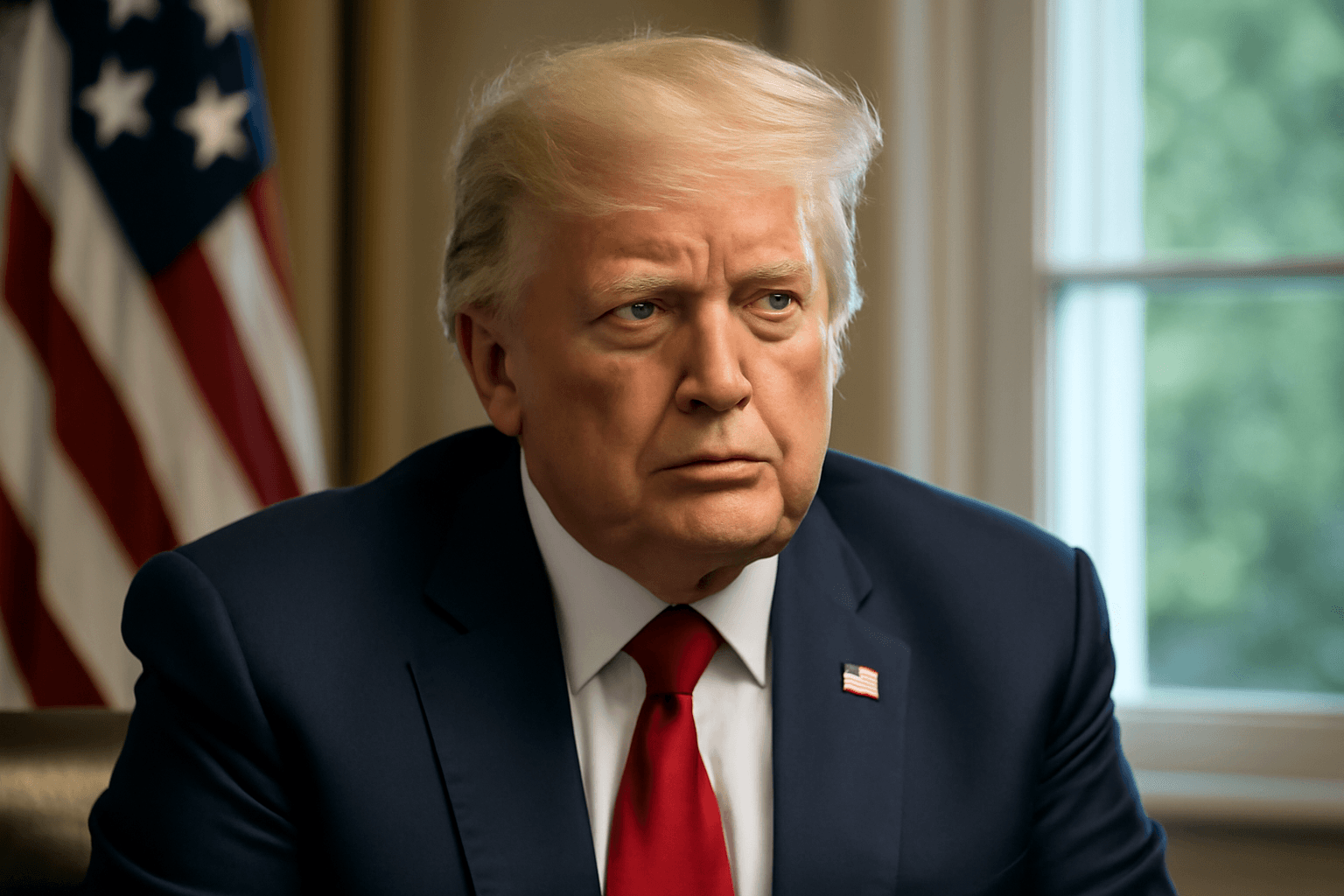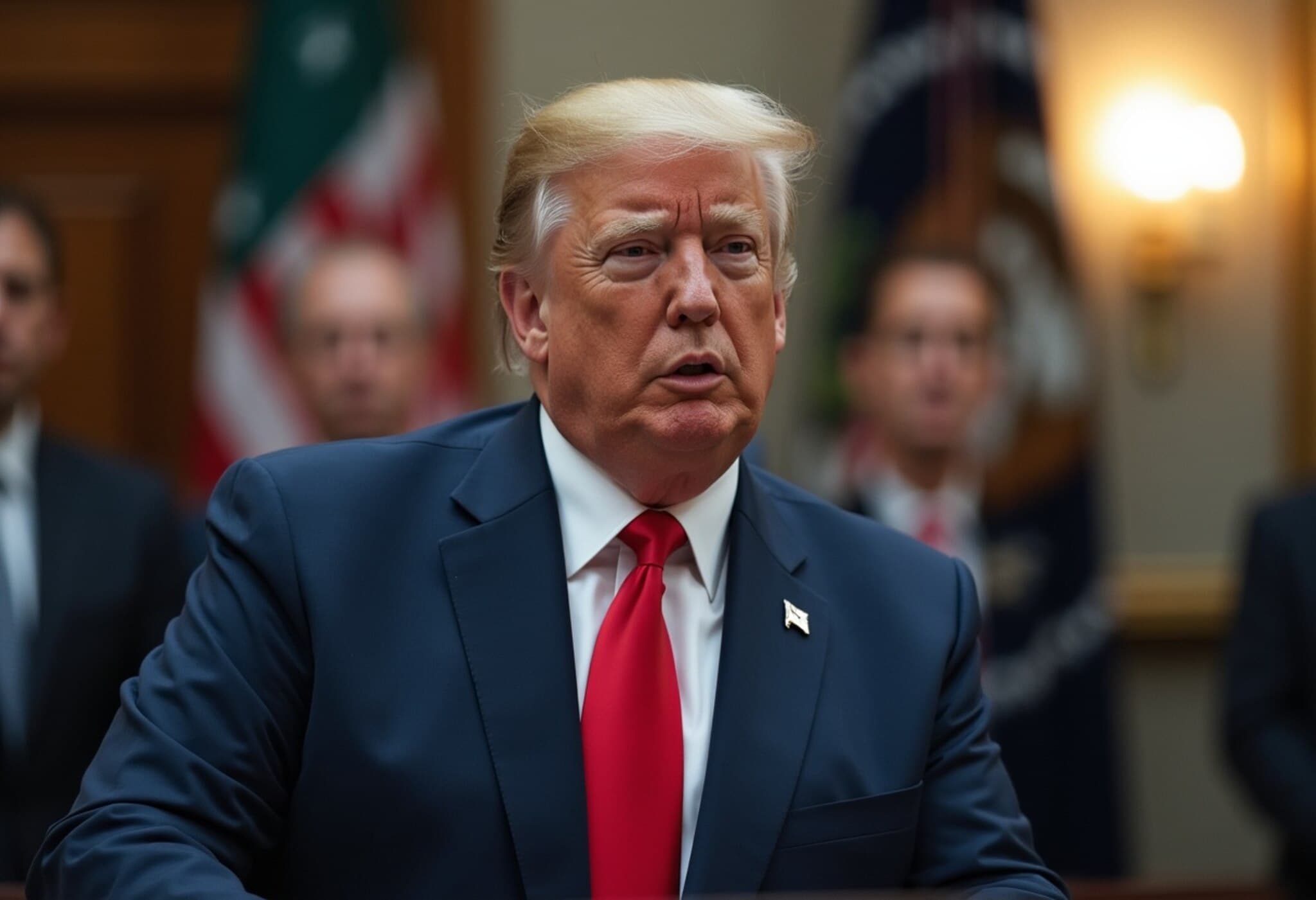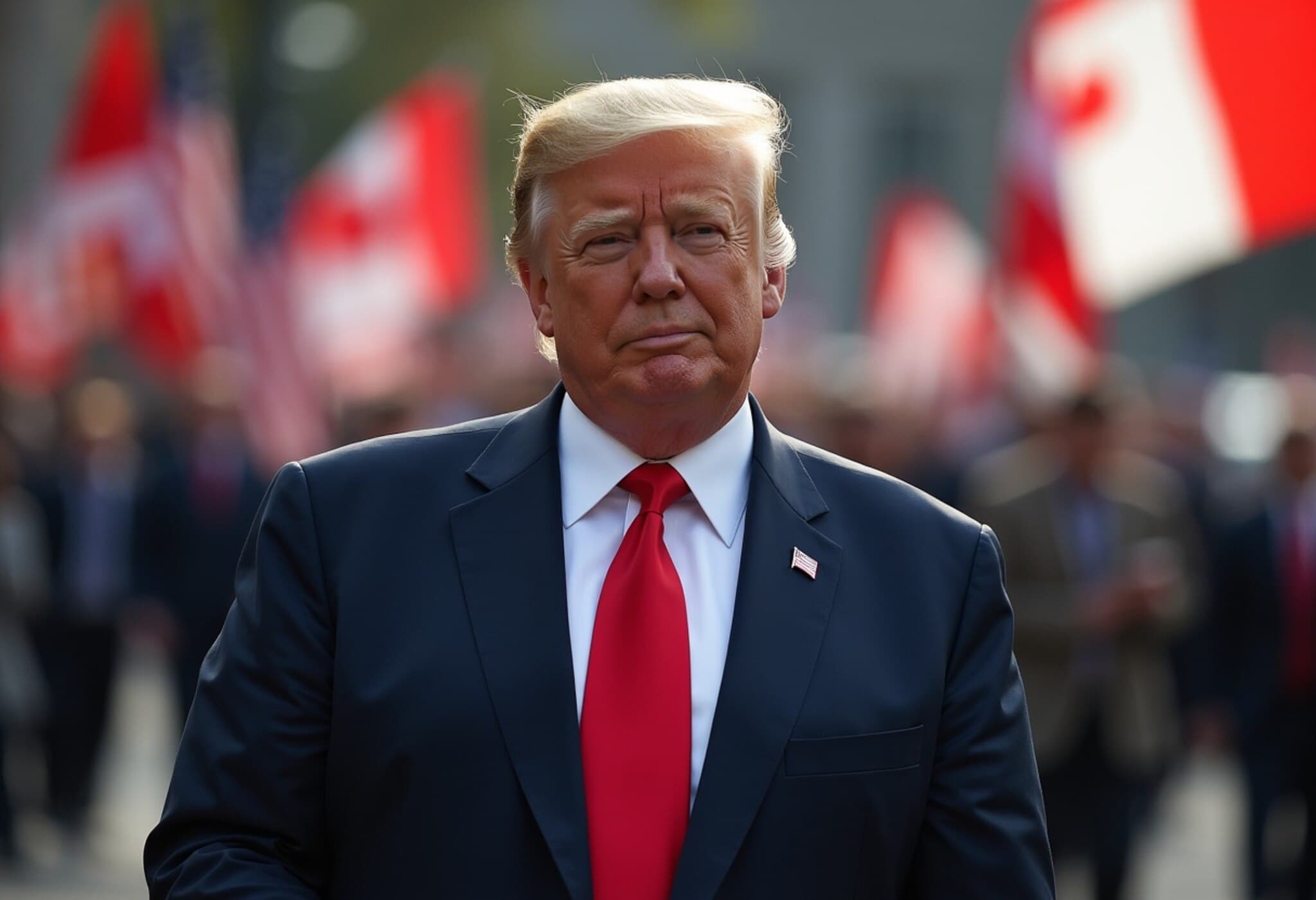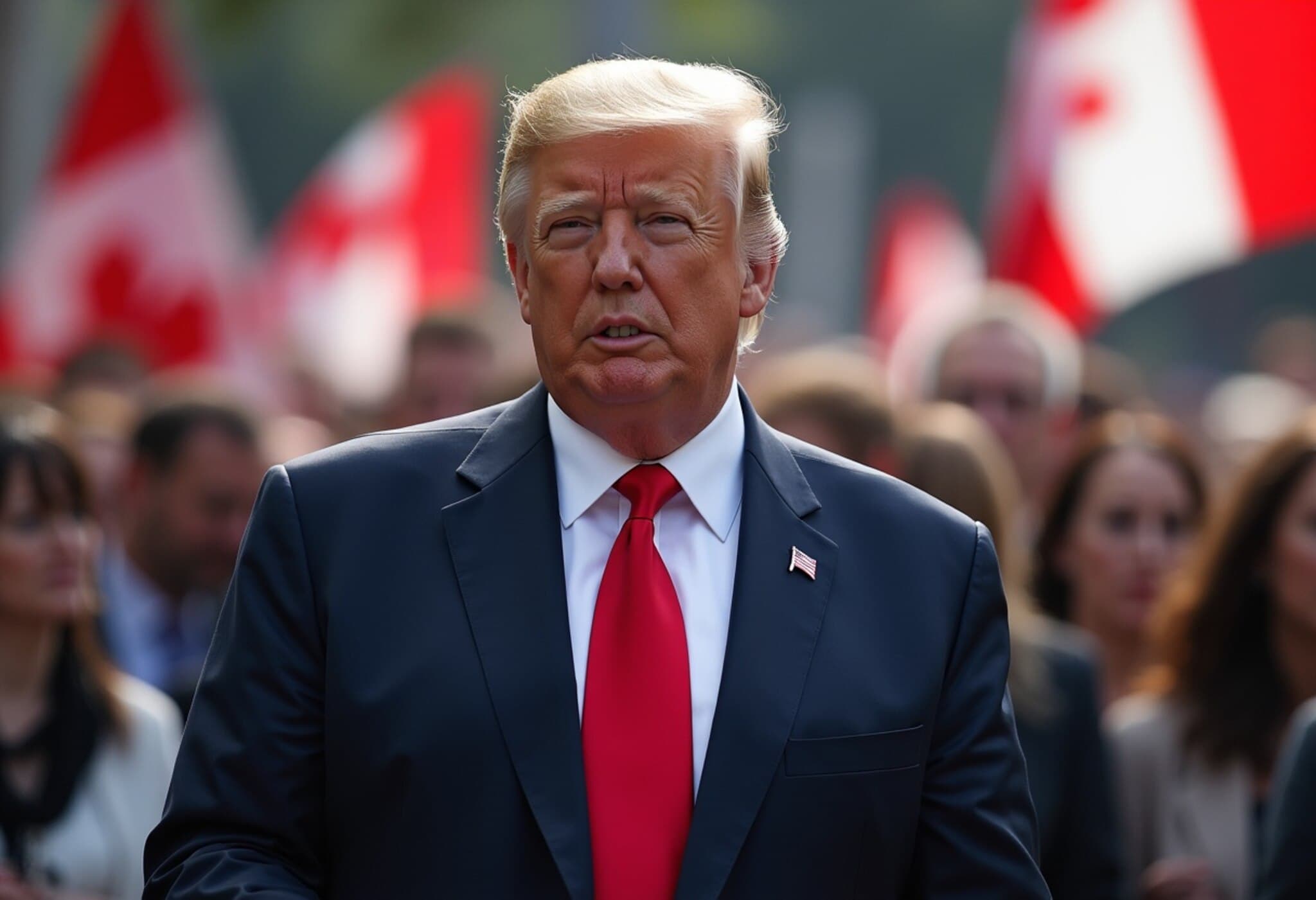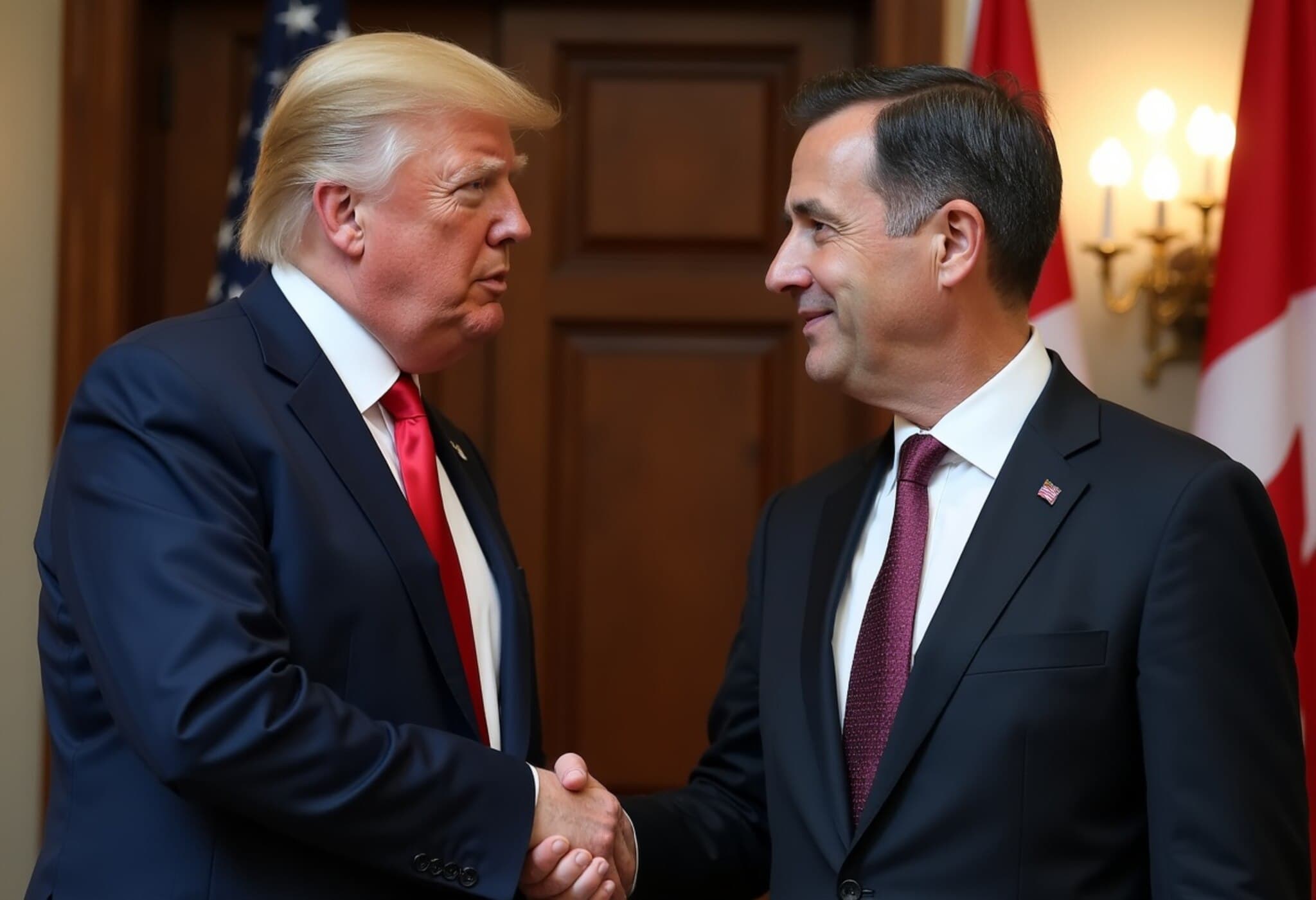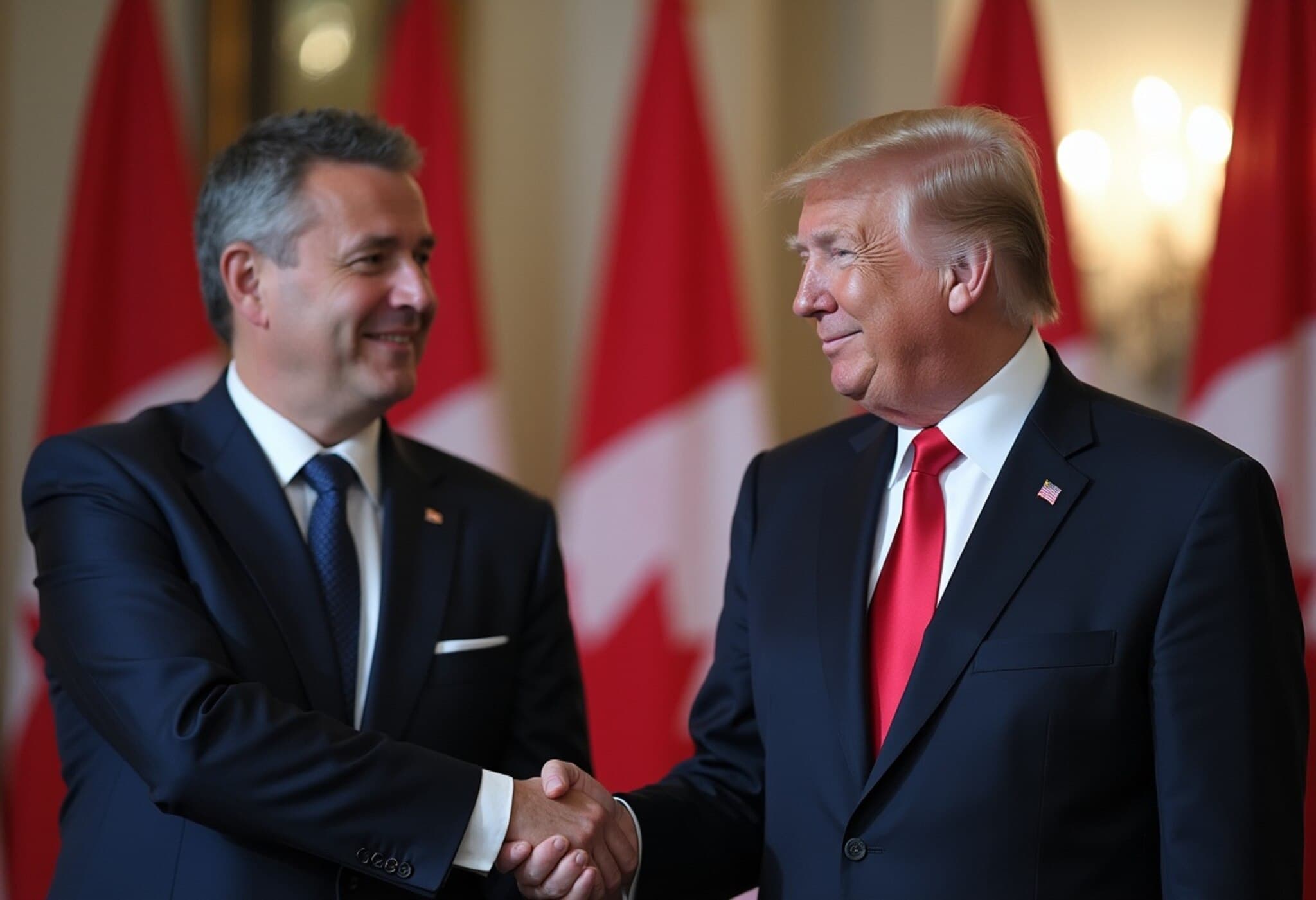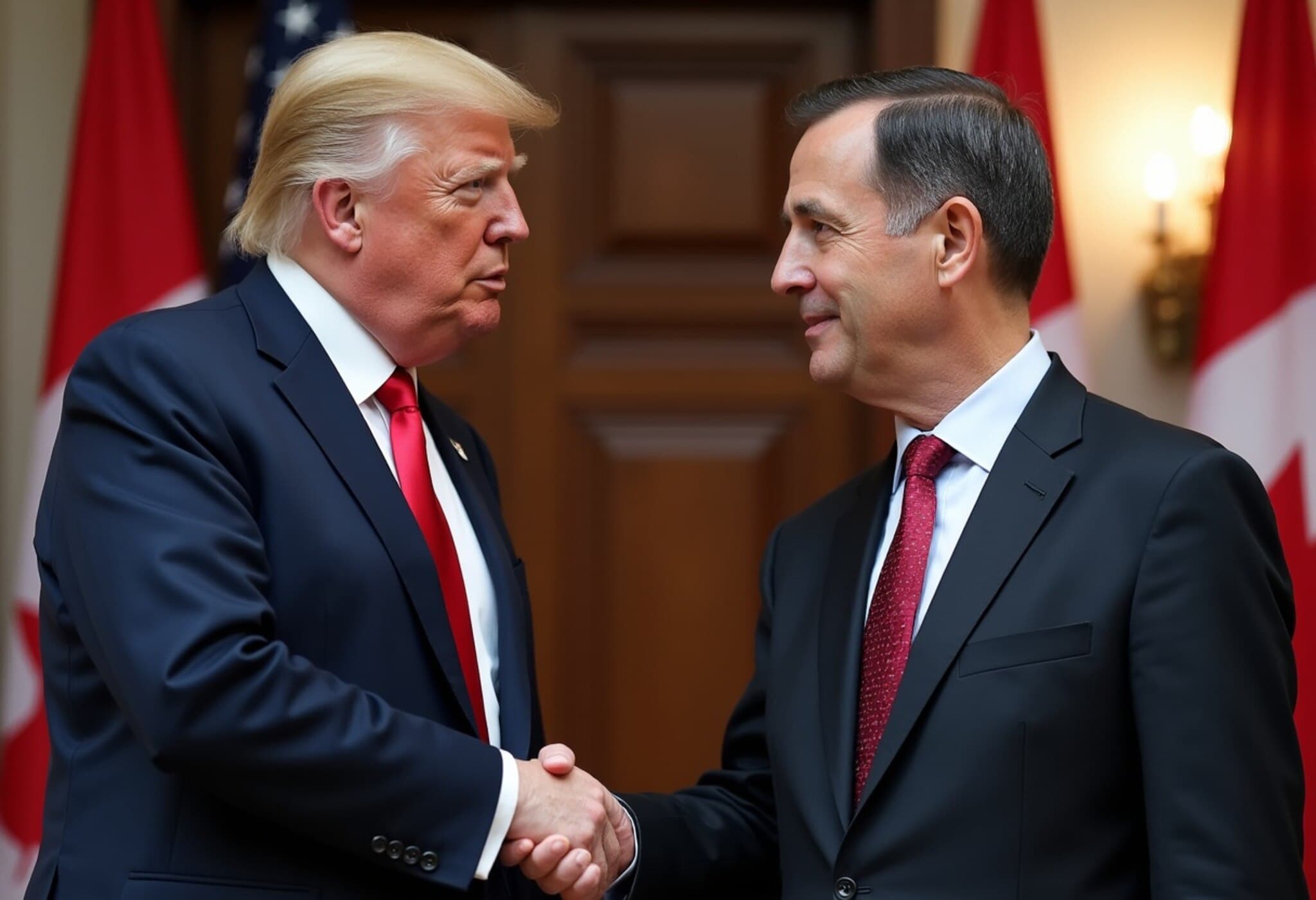Trump Pushes Mexico Trade Talks by 90 Days While Tariff Crisis with Canada Intensifies
On July 31, 2025, former US President Donald Trump announced an extension of trade negotiations with Mexico, prolonging crucial talks by 90 days amid ongoing disputes over tariffs. The decision comes as tensions with Canada escalate, complicating North American trade dynamics ahead of looming deadlines.
Extending the Mexico Trade Deadline
Trump revealed the extension via his social media platform Truth Social following a productive call with Mexican President Claudia Sheinbaum. The two leaders agreed to maintain the existing tariff framework during this period, providing a window to hammer out a more comprehensive deal.
Key tariffs to remain in place include:
- 25% tariff on fentanyl-related imports
- 25% tariff on automobiles
- 50% tariffs on steel, aluminum, and copper
In addition, Mexico consented to immediately remove several non-tariff trade barriers that had hampered bilateral trade relations.
Trump emphasized the complexity of US-Mexico trade negotiations, attributing challenges to the shared border's unique problems and assets. He expressed optimism about reaching a finalized agreement within or shortly beyond the 90-day extension.
What This Means for US-Mexico Relations and Trade Stability
The extension signals a willingness on both sides to maintain dialogue despite disagreements. Mexico, as the United States’ largest trading partner, plays a pivotal role in North America's economic ecosystem, particularly concerning manufacturing supply chains and drug enforcement efforts.
Experts suggest that maintaining tariffs on high-risk imports like fentanyl precursors aligns with US national security priorities while balancing economic concerns around automotive and metal goods.
Dr. Elena Ortiz, a trade expert at the Peterson Institute, commented: "This extension buys time to address structural issues in bilateral trade, but it also reflects the delicate balance between enforcing US economic interests and preserving vital trade flows with Mexico."
Escalating Tariff Conflict with Canada
In contrast, the US-Canada trade situation grew increasingly fraught. Trump sharply criticized Canada after its announcement supporting Palestinian statehood, an unexpected diplomatic rift that threatens to derail tariff negotiations set to expire August 1.
Trump threatened to impose a stringent 35% tariff on Canadian goods outside the scope of the United States-Mexico-Canada Agreement (USMCA) if no agreement is reached. This move could have profound implications given Canada’s position as the second-largest US trading partner and its massive role as a US export market.
Canadian Prime Minister Mark Carney described ongoing negotiations as "constructive" but cautioned that reaching a deal by the deadline would be challenging amid rising political tensions.
Broader Implications for North American Trade
The unfolding tariff disputes underscore persistent vulnerabilities in North American trade agreements. The resurgence of protectionist policies and diplomatic friction complicates efforts to sustain economic integration and competitiveness globally.
- Economic analysts warn: prolonged uncertainty could disrupt supply chains, increase consumer costs, and dampen investment.
- Policy observers note: political dynamics outside trade, such as foreign policy stances, increasingly influence economic negotiations.
As the US navigates these trade challenges, stakeholders from businesses to policymakers must weigh short-term political objectives against the long-term health of regional commerce.
Editor's Note
This episode in US-Mexico-Canada trade relations highlights the intricate ties between geopolitics and economics. While extending talks with Mexico could pave the way for a nuanced agreement addressing border security and trade, escalating tensions with Canada raise critical questions about the future of North American economic cooperation. Observers should closely watch how diplomatic considerations intersect with trade policy—potentially reshaping the continent's economic landscape.
Key questions remain: Can the US reconcile security concerns with seamless trade flows? How will Canada’s foreign policy choices influence commercial partnerships? And most importantly, what economic costs might prolonged tariff battles impose on everyday consumers? These developments warrant thoughtful scrutiny as we approach new negotiation deadlines.

